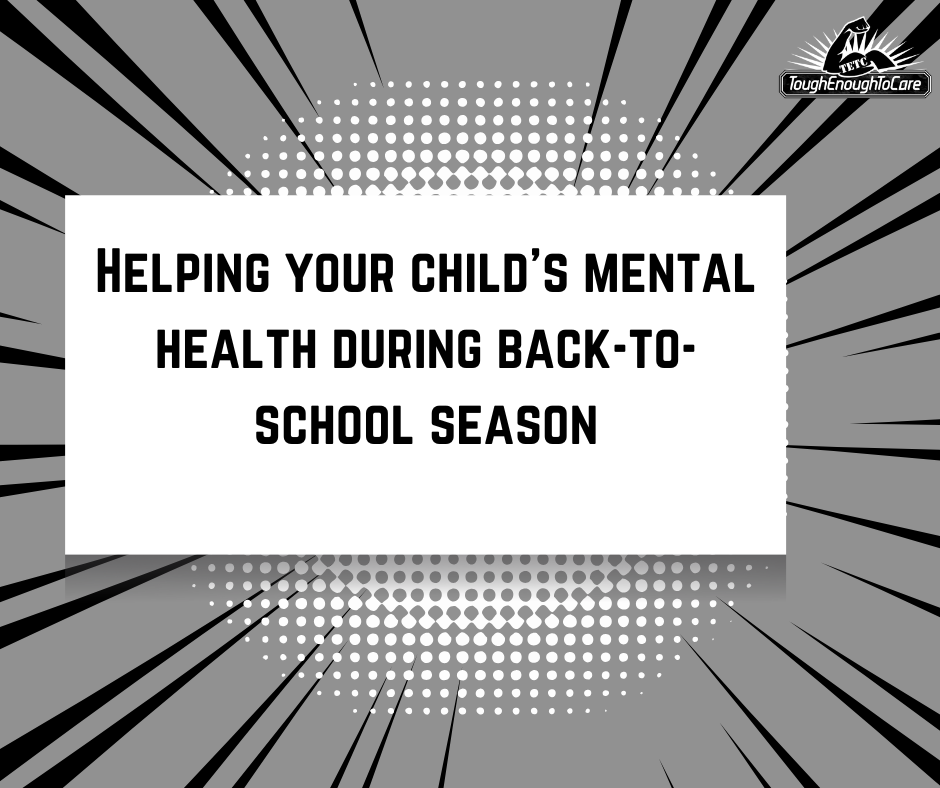
The effects of social media and screens on mental health
Introduction
In today’s digital age, social media and screens have become an integral part of our lives. We use them to stay connected, informed, and entertained. However, while technology offers many benefits, excessive screen time and social media usage can have profound effects on our mental health. From increased anxiety to disrupted sleep, the digital world can sometimes do more harm than good.
The impact of social media on mental health
- Increased anxiety and depression
Research suggests a strong link between heavy social media use and mental health issues like anxiety and depression. The constant exposure to curated highlights of other people’s lives can lead to unhealthy comparisons, creating feelings of inadequacy and low self-esteem. Seeing others’ seemingly perfect lives may make us feel as if we are falling behind, leading to stress and depressive thoughts.
- Fear of Missing Out (FOMO)
Social media thrives on engagement, and platforms are designed to keep users scrolling for longer periods. This can lead to FOMO (Fear of Missing Out)—a feeling of anxiety that arises when we believe we are missing out on exciting experiences. FOMO can make users feel pressured to constantly check notifications and updates, which in turn increases stress and distracts from real-life experiences.
- Cyberbullying and online harassment
With the rise of social media, cyberbullying has become a serious issue, especially among teenagers and young adults. Negative comments, online harassment, and trolling can lead to emotional distress, self-doubt, and even suicidal thoughts in extreme cases. Unlike in person bullying, cyberbullying can happen 24/7, making it difficult for victims to escape.
- Social isolation
Ironically, while social media is designed to connect people, excessive use can lead to social isolation. Many individuals spend hours engaging with virtual connections but struggle to maintain meaningful in-person relationships. Studies suggest that over-reliance on digital interactions can reduce real-life social skills and create feelings of loneliness.
The Effects of screen time on mental health
- Disrupted sleep patterns
One of the most significant negative effects of excessive screen time is its impact on sleep. The blue light emitted by screens can interfere with the production of melatonin, a hormone that regulates sleep. Using screens before bed can make it harder to fall asleep and reduce sleep quality, leading to fatigue and difficulty concentrating the next day.
- Reduced attention span
Constant exposure to fast-paced digital content can reduce our ability to focus for extended periods. Social media platforms, with their endless scrolling and short video formats, condition our brains to seek instant gratification, making it harder to concentrate on tasks that require deep focus.
- Digital addiction
Social media and screens can be highly addictive. Many apps are designed using dopamine-driven feedback loops, meaning that every like, comment, or notification provides a small rush of pleasure. Over time, people may feel the need to check their devices compulsively, leading to digital dependency that negatively impacts productivity and well-being.
- Increased stress levels
The constant connectivity that comes with social media and screen use can increase stress levels. The pressure to respond to messages, keep up with online trends, and maintain an active digital presence can be overwhelming. Additionally, the exposure to negative news and distressing content can contribute to emotional exhaustion.
Finding nalance: How to reduce the negative effects
- Set screen time limits
Use built-in phone settings or apps to track and limit daily screen time. Set boundaries for when and how long you use social media and digital devices.
- Take regular digital detoxes
A digital detox—taking intentional breaks from screens—can help reset your mental well-being. Try designating screen-free hours or entire days to focus on real-life activities.
- Prioritise face-to-face interactions
Make an effort to spend time with family and friends in person rather than relying on digital communication. Engaging in meaningful conversations and social activities can improve mental health and reduce feelings of loneliness.
- Improve sleep hygiene
Avoid screens at least one hour before bedtime to improve sleep quality. Instead, engage in relaxing activities like reading, meditation, or listening to calming music.
- Curate your social media feed
Unfollow accounts that make you feel insecure or stressed. Follow pages that promote positivity, mental health awareness, and personal growth.
- Engage in offline hobbies
Find hobbies that don’t involve screens, such as reading, exercising, painting, or spending time outdoors. This helps shift focus away from digital distractions and promotes a healthier lifestyle.
While social media and digital devices offer many benefits, it is essential to use them mindfully to protect our mental health. Recognising the negative effects and taking proactive steps to create a healthier balance can lead to improved well-being, better relationships, and a more fulfilling life. By making small changes—such as limiting screen time, engaging in offline activities, and practicing digital mindfulness—we can enjoy the benefits of technology while safeguarding our mental health.




